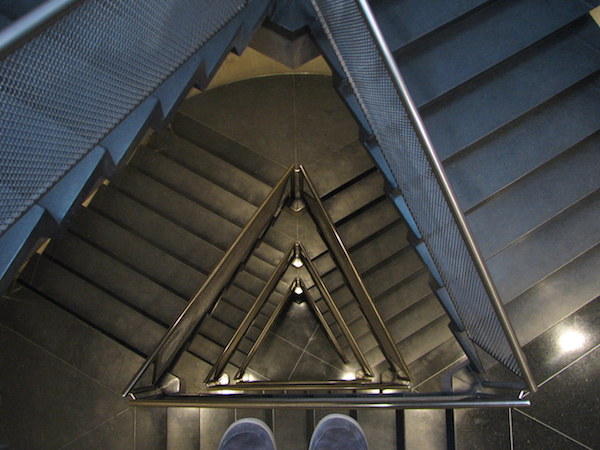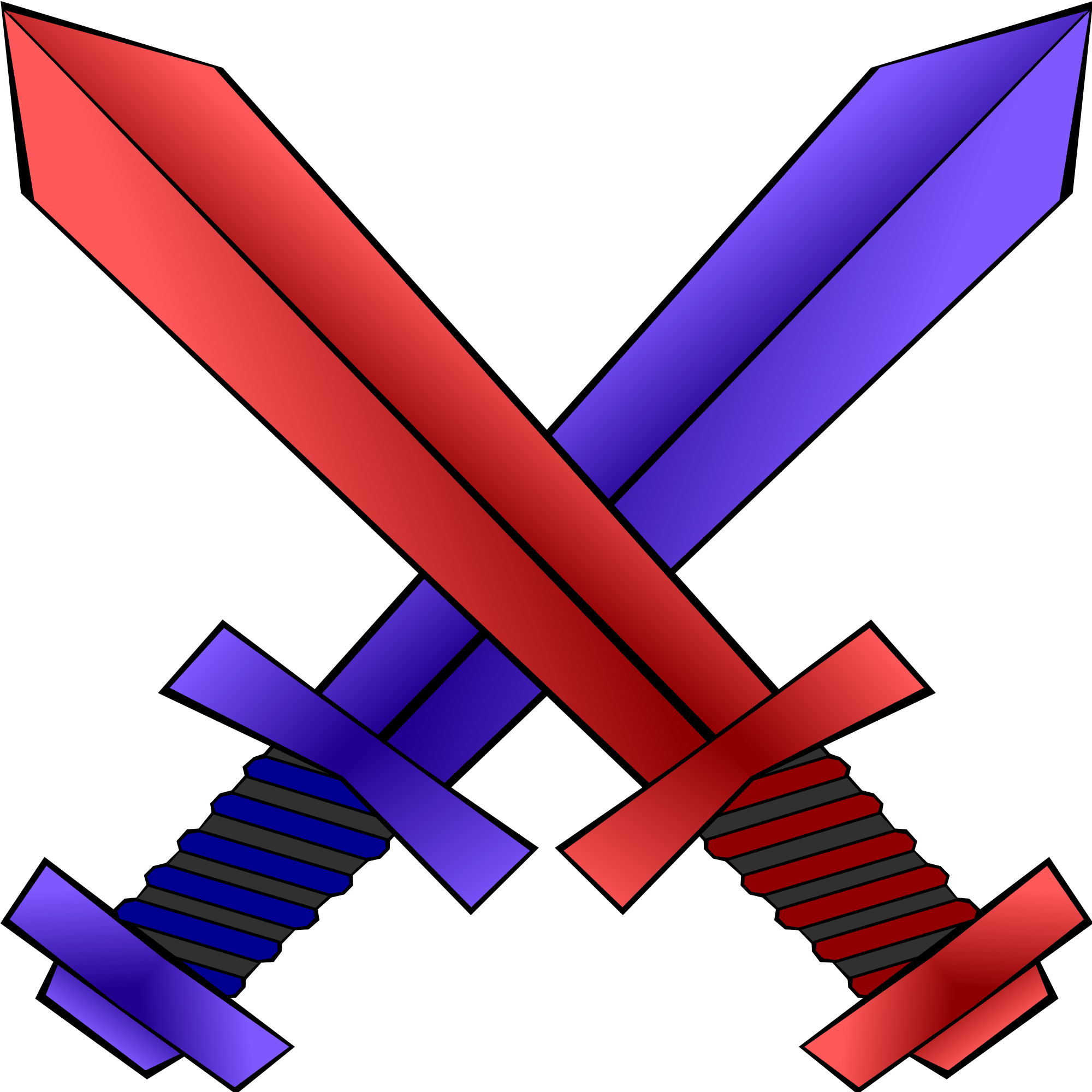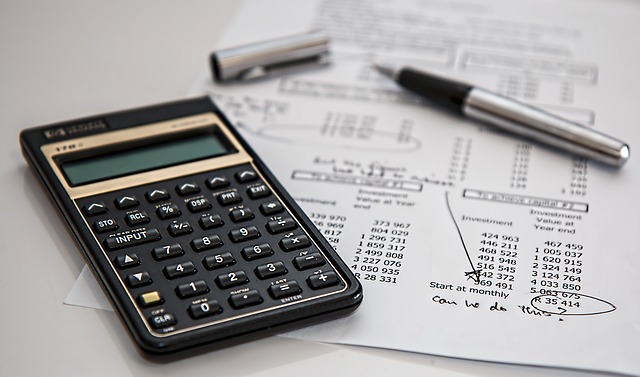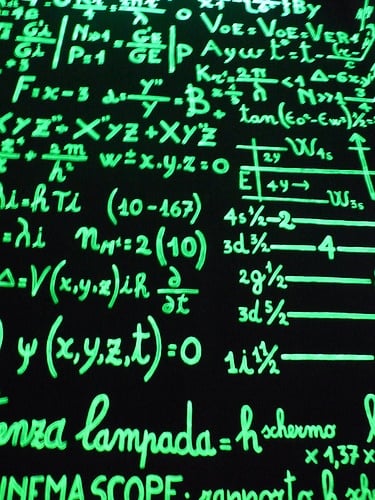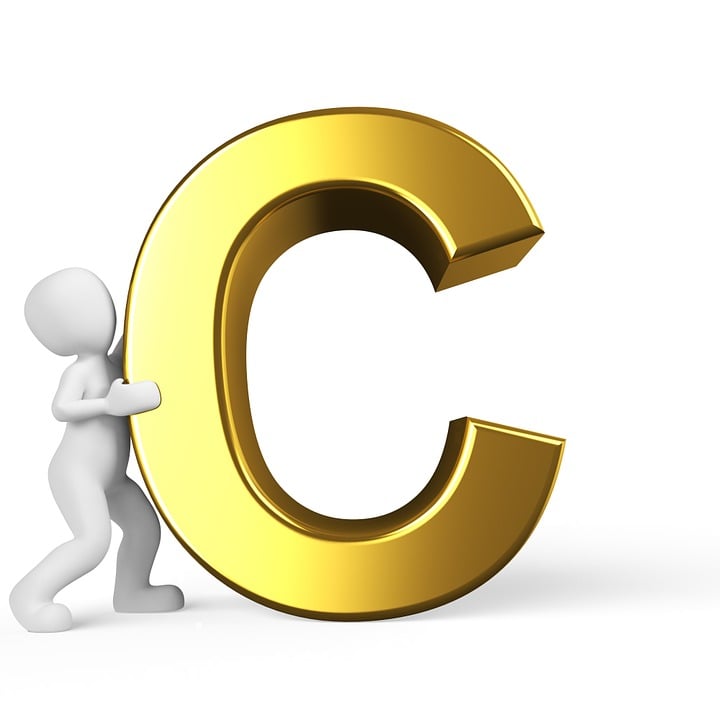Acute, obtuse, isosceles, equilateral…When it comes to triangles, there are many different varieties, but only a choice few that are "special." These special triangles have sides and angles which are consistent and predictable and can be used to shortcut your way through your geometry or trigonometry problems. And a 30-60-90 triangle—pronounced "thirty sixty ninety"—happens to be a very special type of triangle indeed.
In this guide, we'll walk you through what a 30-60-90 triangle is, why it works, and when (and how) to use your knowledge of it. So let's get to it!




